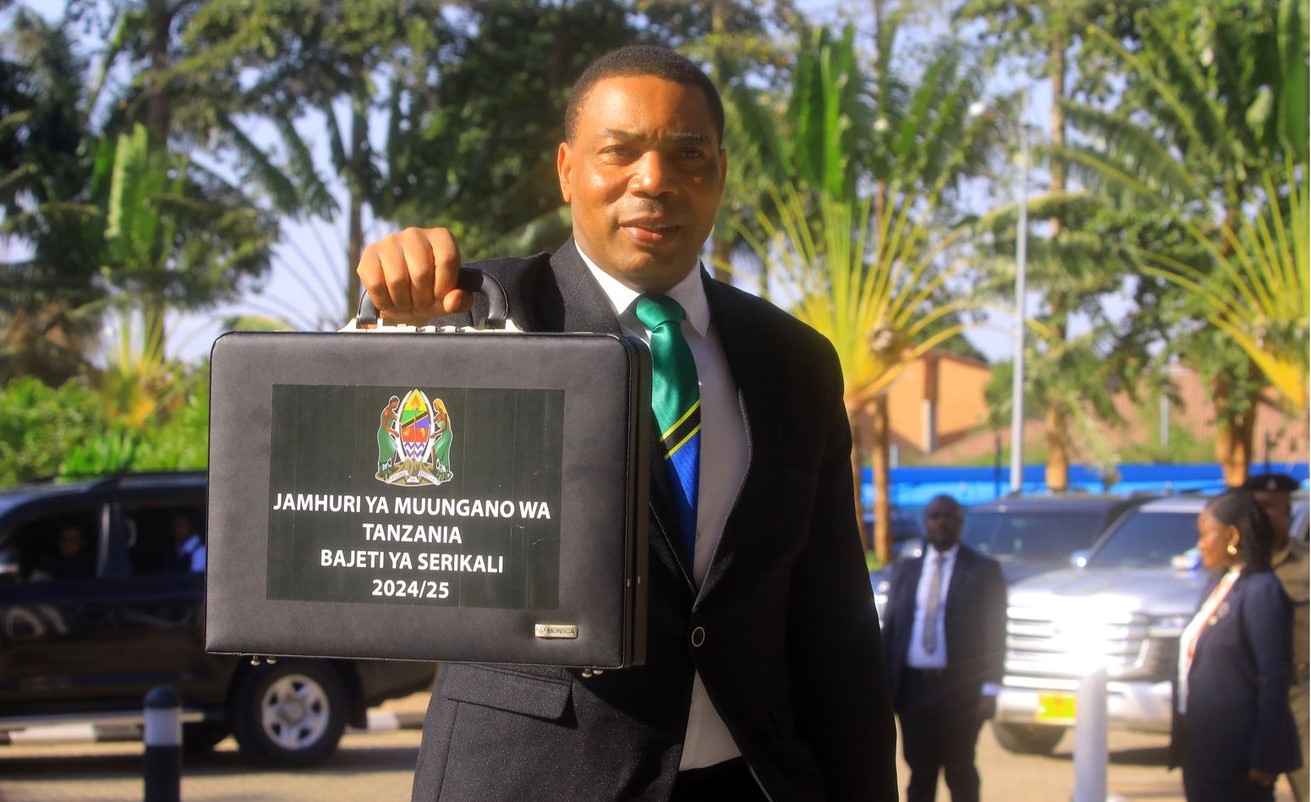Balancing Growth and Sustainability
Tanzania’s government budgetary operations in October 2024 highlight steady progress in revenue collection, achieving 94.9% of the target, driven by robust tax revenues from imports and domestic goods. Expenditures prioritized recurrent needs and development projects, reflecting the government’s commitment to balancing economic growth and fiscal sustainability. Despite minor shortfalls in revenue and a high share of recurrent expenditure, fiscal policies remain focused on strengthening infrastructure and long-term development.
Central Government Revenues:
- Total Revenue Collection (October 2024):
- Amounted to TZS 2,773.4 billion, achieving 94.9% of the monthly target.
- Central government revenues accounted for 96% of total collections, amounting to TZS 2,662.1 billion.
- Tax revenue contributed TZS 2,238.4 billion, marginally missing the target by 0.7%.
- Taxes on imports and local goods and services performed above their targets, laying a strong foundation for revenue growth.
- Breakdown of Revenue Categories (October 2024 Actuals):
- Taxes on imports: TZS 992.9 billion.
- Income tax: TZS 581.7 billion.
- Taxes on local goods and services: TZS 550.3 billion.
- Other taxes: TZS 179.2 billion.
- Non-tax revenue: TZS 358.0 billion.
Central Government Expenditures:
- Total Expenditure (October 2024):
- Reached TZS 3,402.8 billion.
- Recurrent expenditure: TZS 2,176 billion focused on wages, salaries, and operational costs.
- Development expenditure: TZS 1,226.8 billion allocated to infrastructure, social programs, and other key development initiatives.
- Breakdown of Expenditure Categories (October 2024 Actuals):
- Wages and salaries: TZS 825.4 billion.
- Interest costs: TZS 445.1 billion.
- Other recurrent expenditures: TZS 494.4 billion.
- Development expenditure: TZS 1,226.8 billion, with priority on infrastructure projects.
Observations:
- The government maintained fiscal consolidation efforts by aligning expenditures with available resources.
- Tax revenue performance highlights the government's efforts to improve efficiency in revenue collection.
- Development expenditure emphasizes a strong focus on economic growth and infrastructure investment.
The information on Government Budgetary Operations reflects several key aspects of Tanzania's fiscal management and economic priorities
1. Revenue Performance:
- The central government achieved 94.9% of its revenue target, indicating effective revenue collection strategies but highlighting room for improvement in achieving full targets.
- Taxes on imports and local goods/services performing above target suggests robust trade activity and economic activity within the domestic market.
- The reliance on tax revenue (over 80% of total revenue) demonstrates the importance of a growing tax base and enhanced compliance.
Takeaway: The government is making progress in revenue mobilization, but minor shortfalls indicate challenges in achieving ambitious targets or unpredictable economic factors.
2. Expenditure Trends:
- Recurrent Expenditure: The high share of recurrent costs (64% of total spending) underscores significant commitments to salaries, interest payments, and operational costs.
- Development Expenditure: Allocating 36% to development projects reflects a deliberate focus on infrastructure and long-term economic growth.
Takeaway: While development spending shows a commitment to future growth, the dominance of recurrent spending limits flexibility for additional investments in key areas.
3. Fiscal Balance:
- The data implies that the government may be operating with a fiscal deficit, given that expenditures exceed revenue. This suggests reliance on borrowing or other financing mechanisms.
Takeaway: Fiscal consolidation efforts must continue to strike a balance between stimulating growth through spending and maintaining sustainable debt levels.
4. Policy and Economic Insights:
- The strong performance in taxes on imports and domestic goods indicates improving economic activity and consumption.
- The focus on development expenditure aligns with the government’s goal of infrastructure-led growth and poverty reduction.
Broader Implication: The government’s fiscal policies aim to balance short-term obligations with long-term development, but consistent revenue growth and effective expenditure management are critical to avoid over-reliance on borrowing.
Overall, the data illustrates a government striving to grow its economy and invest in the future while managing the constraints of its budget and obligations. This underlines the importance of continued reforms in tax administration, spending efficiency, and fostering private-sector-driven growth.
